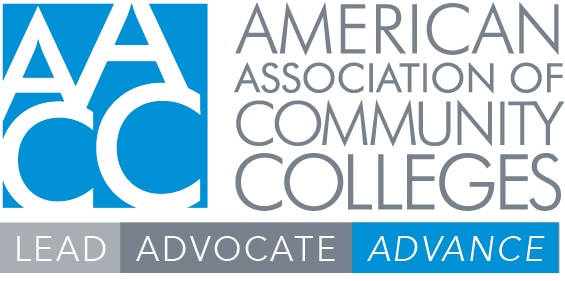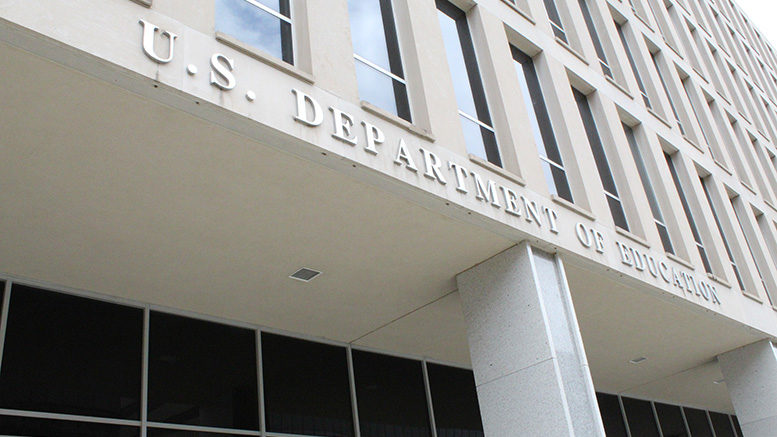In the wake of the Supreme Court’s decision on affirmative action, on Wednesday the U.S. Department of Education (ED) convened a broad group of educators, policymakers and other stakeholders to surface new approaches to sustaining institutional policies promoting diversity in the student body.

Sessions reflected a myriad of perspectives on strategies to make college access and success a reality for all corners of society. The topics discussed ranged broadly, going well beyond admissions and addressing transfer, affordability, K-12 outreach, institutional leadership, student belonging, state strategies, among others.
Money was part of the conversation as well — the same day, ED announced a $45 million Postsecondary Student Success Grant competition, focused on evidence-based strategies. Also, at the convening Assistant Secretary for Postsecondary Education Nasser Paydar stated his desire to provide community colleges with greater resources.
In framing the exchanges, Education Secretary Miguel Cardona stated that college campuses need to reflect the “beautiful diversity” of our society. In his view, those who maintain that discrimination does not exist in the United States are either “lying or living under a rock.” He said that “the resulting inequities are intangible.”
“Imagine the price we pay for normalizing these disparities,” Cardona added.
And in a reaction to current developments, he stated that there are politicians who are trying to turn diversity, equity and inclusion into “bad words.”
Transfer focus
Cardona put strong emphasis on the relationship between successful transfer and equity. He called transfer a “nightmare” but also said, “This is a fixable problem. The time has come to fix it.”
Panelists picked on Cardona’s plea for improved transfer, and it was a prominent theme throughout the day.
Juan Salgado, chancellor of the City Colleges of Chicago, described changed policies in Illinois that have facilitated transfer, stating that the “aperture” needs to be opened on transfer.
Patricia McGuire, president of Trinity College, a four-year private institution, urged her higher education colleagues to be more open to the role and contributions of community colleges. McGuire said that her college has a new arrangement with Borough of Manhattan Community College to accept transfer students.
College Futures Foundation President and CEO Eloy Ortiz Oakley noted that “transfer students are at the heart of the higher education system in America.” And Pam Eddinger, president of Bunker Hill Community College (BHCC), argued for four-year colleges admitting every one of three of their students from community colleges.
In responding to a question about the relatively small number of transfer students, Eddinger said, “There is a mythology out there that you lose all your credits…and it’s true.”
Salgado also noted that student success at his institution has been facilitated at the colleges through wellness services that are available around the clock, and that the recent Supreme Court ruling motivates him to “double down” on strategies to eliminate inequities in higher education. The City Colleges, for example, have dramatically expanded engineering programs to provide greater access to these careers.
Affirmative action and community colleges
On a panel moderated by Scott Jaschik from Inside Higher Ed, Eddinger responded to the question about possible changes to BHCC’s student body by saying that, “I am surprised at all the handwringing at the four-year colleges…You know where the diverse student population lies – at community colleges.”
She said that there needs to be more money and time devoted to community college students, many of whom are not fully prepared for higher education.
“I don’t see this as a recruitment problem — I believe it is a service problem,” Eddinger said.
She added, “Affirmative action gave us a pass. Now we have to do the hard work. Community colleges are lucky in that, if we do our job with student success, then we solve the DEI problem.”
But Aneesh Sohoni, CEO of One Million Degrees, said that, in conceiving equity in higher education, there is a “narrative challenge.”
“More than 50% of all first-generation students attend community colleges. Incentives need to be created for four-year colleges to accept community college students,” Sohoni said.
Enforcement views
Catherine E. Lhamon, assistant secretary of ED’s Office of Civil Rights, also appeared at the summit with Kristen Clark, assistant attorney general for civil rights at the U.S. Department of Justice. They conceded that the Supreme Court’s decision to effectively curtail affirmative action in admissions decisions sharply limited a strategy used by some selective colleges to generate diverse student classes. But they also emphasized that the Supreme Court “did not rule that working to achieve diversity is unlawful” or question the educational value of a diverse student body.
Lhamon and Clarke said that they are developing guidance for colleges to avoid unlawful admissions practices after the high court’s decision. The guidance is moving through the interagency review process and is scheduled for release in August.





